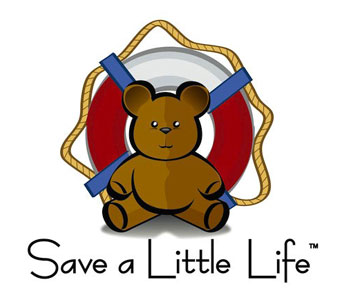PREVENT CHOKING IN INFANTS AND CHILDREN
This is an area of concern that ranks among the highest when I speak with parents and care providers. It is always valuable to review the recommendations to lower risk in the home and elsewhere. The following set of recommendations are endorsed by The American Academy of Pediatrics, American Red Cross, and the Center for Disease Control for the reduction of choking in infants and children.
At mealtime:
- Insist that your children eat at the table, or at least sitting down.
- Watch young children as they eat, encouraging them to eat slowly and chew food well.
- Cut up foods that are firm and round and can get stuck in your child’s airway, such as:
- Hot-dogs (cut length-wise) and then into small pieces
- Grapes should be quartered
- Raw vegetables cut into small strips or pieces (not round)
Additional foods that can cause a choking hazard include:
- Hard or sticky candy
- Popcorn
- Peanuts
- Spoonfuls of peanut butter (or any nut butter)
PLAYTIME PRECAUTIONS
Read toy packages for information on choking hazards. Any toy that is small enough to fit through a 1 1⁄4 inch circle or is smaller than 2 1⁄4 inches long is unsafe for children under 4 yrs.
Don’t allow young children to play with toys designed for older children. Teach older children to put their toys away as soon as they are finished so younger ones can’t get them.
Check often under furniture and between cushions for items that can pose a danger of choking such as:
• coins
• marbles
• watch batteries (that look like buttons)
• pen or marker caps
• toys with small, easy to remove parts
• small balls or foam balls that could fit into a child’s mouth.
Remember, never let your child play with or chew on deflated or broken balloons. Many choking deaths have been caused by this material.
Also, don’t let your child play on bean bag chairs made with tiny foam pellets. These could tear and expose your child to a serious hazard.
Let the facts speak for themselves:
The majority of choking deaths among children occur from household toys and items. One study found that 70% of choking deaths among 3 year olds and younger were caused by items made for children.
The most common cause of non-fatal choking incidents is food. An additional study found that 70% of the choking cases that came to the emergency room were from foods such as hot dogs, nuts, vegetables and pieces of fruit.



